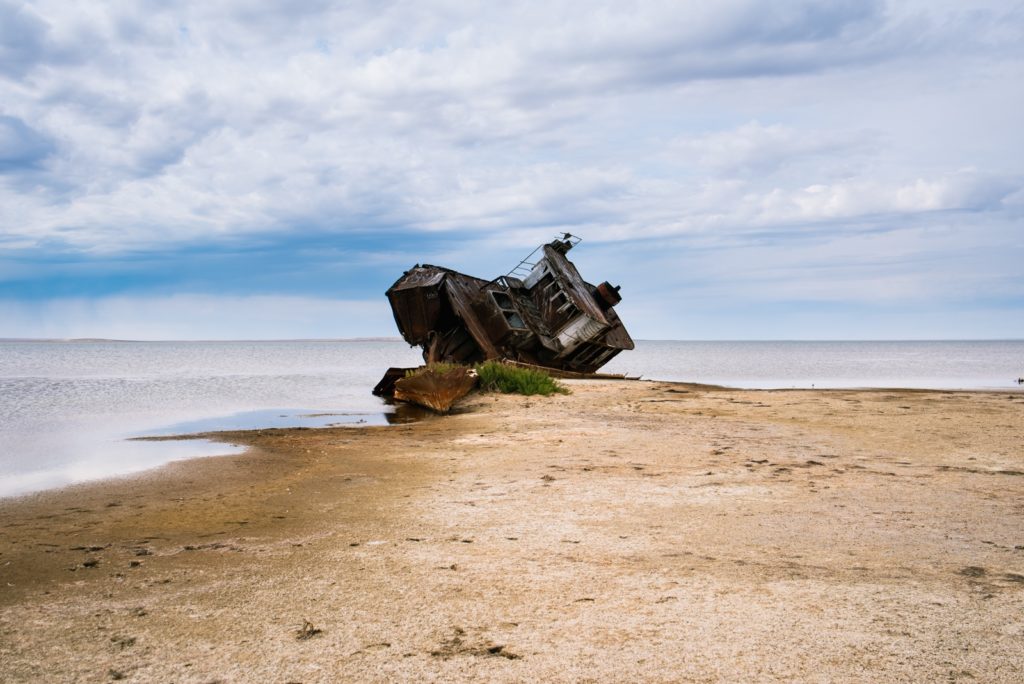A PLACE IN CENTRAL ASIA – A victim of one of the greatest ecological catastrophes of the twentieth century, the Aral Sea, which is located in northern Uzbekistan and western Kazakhstan, has lost more than 75% of its total volume over many decades since the Soviet period. It has now reached the point of being called the “Aral Desert,” however, since the construction of a dam in 2005, hope seems to have returned to Aralsk, on the Kazakh side, as the water level begins to rise and fishermen fill their nets once again; but for how long?This article was originally published on Novastan’s French website on 28 May 2021. Since the 1960s, the cultivation of cotton rapidly increased in Central Asia. The Amu-Darya and the Syr-Darya rivers, which feed into the Aral Sea, were consequently diverted in order to irrigate the cotton plantations. The sea quickly lost 75% to 90% of its total volume and the water’s salinity increased dramatically, killing off most of the sea’s biodiversity. Water gave way to immense expanses of desert and salt flats. To this ecological disaster add social catastrophe: most of the population around the Aral Sea had relied on the fishing industry to make a living. Now, with the industry completely abandoned and villages left empty, a few families who stayed turned to camel breeding as a new way of life.
Located western Kazakhstan, Aralsk is a former fishing port and cotton trading centre. With the receding coast since the 1960s, the Aral Sea today is 90 kilometres from Aralsk. In strolling the city’s dusty streets at the end of 2019, it was difficult to imagine such a glorious seaside past; only the ruins of the port’s infrastructure and some maritime signage recalled a vanished prosperity that once was.
The Kokaral Dam, a bit of good news
The construction of the Kokaral Dam (or Dike Kokaral) in 2005 resulted in a six meter rise of the sea’s water level in the northern portion of the sea, called the Little Aral Sea. Inhabitants of Aralsk found hope in this, even though the sea remained more than 30 kilometres from its old piers. Read more on Novastan: The Aral Sea artemia: small shrimp, high stakes The stalls of the only fish shop in the city were soon stocked again and the main roads were finally paved, which led to a whisper of optimism among the sandy streets of the city.
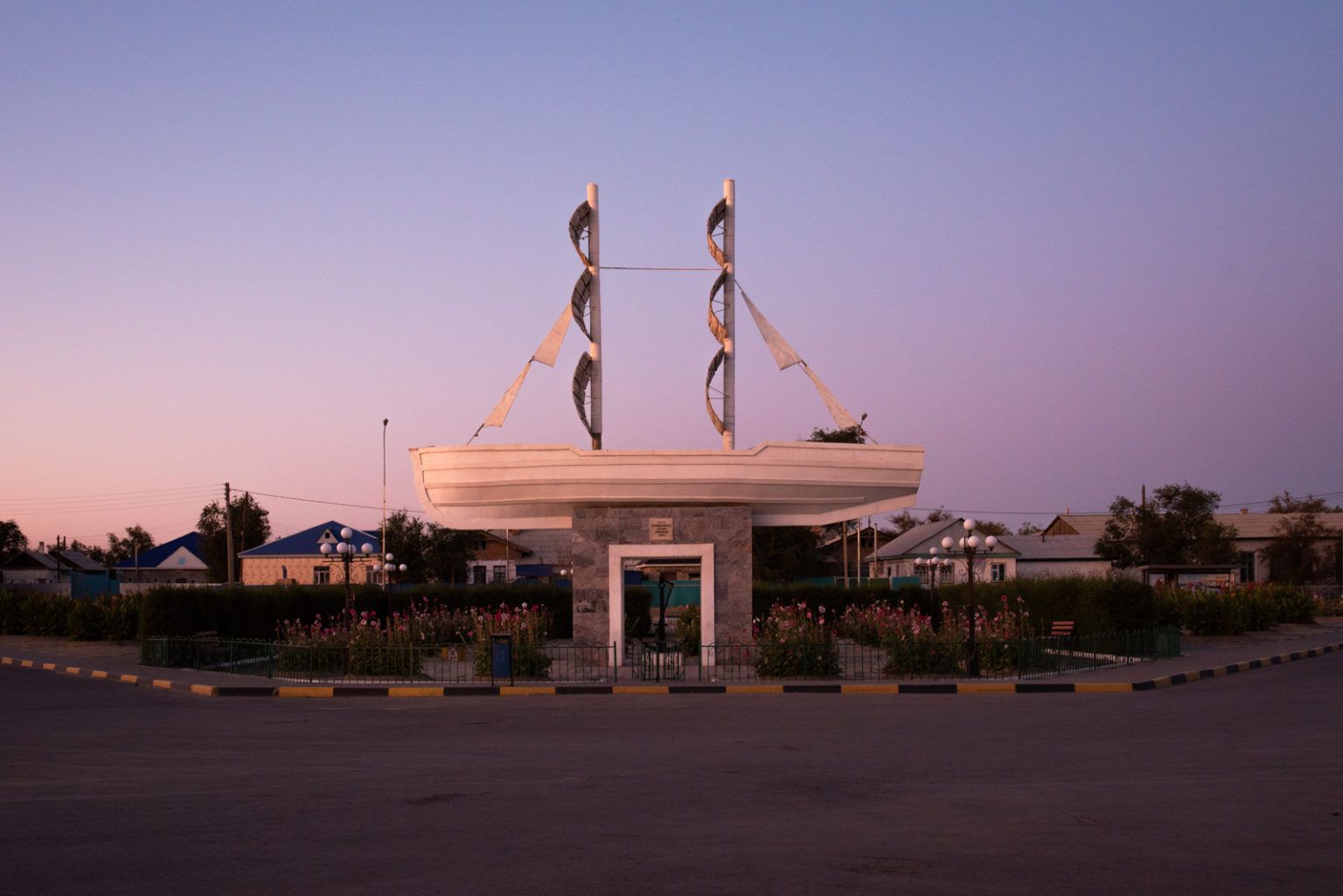
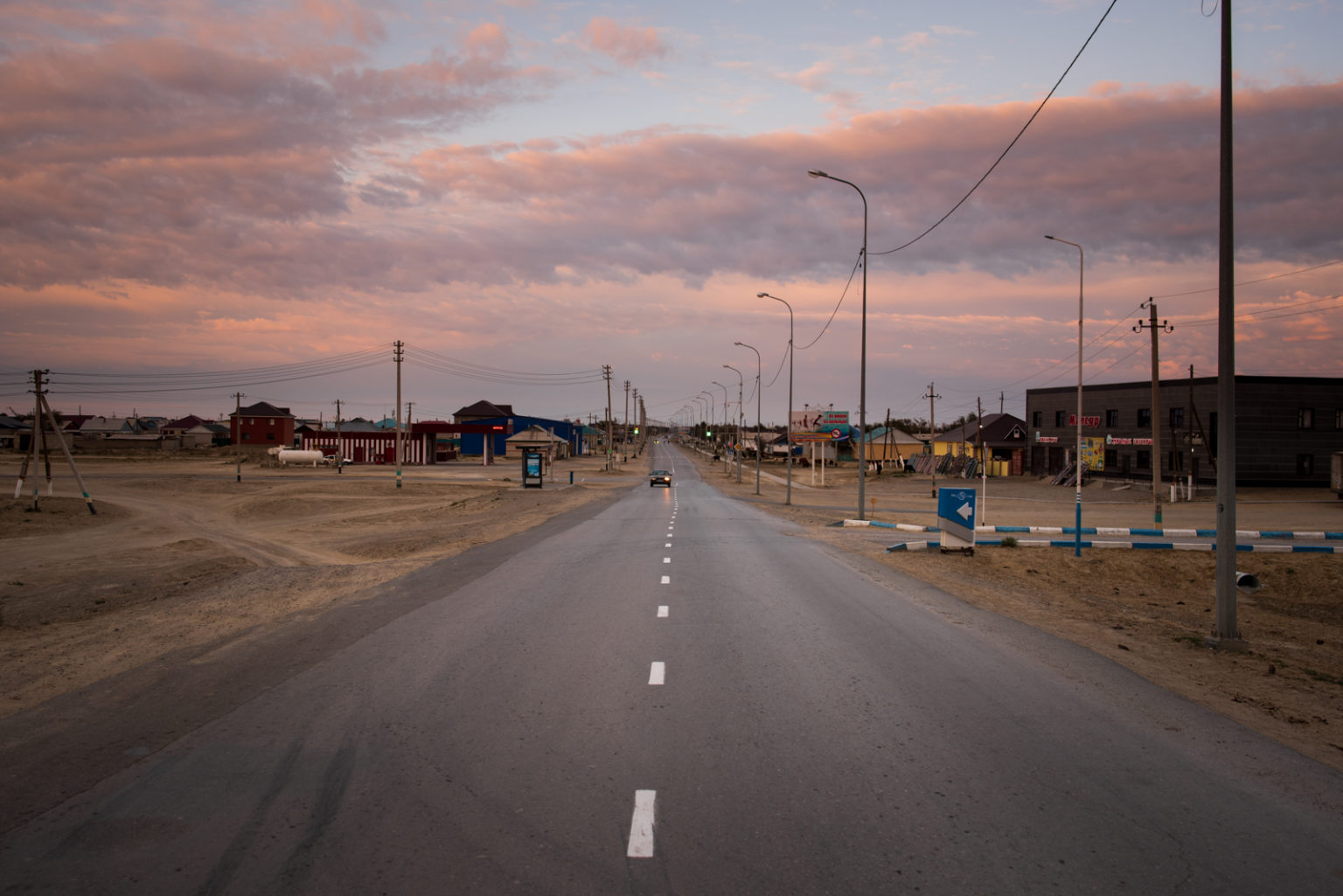
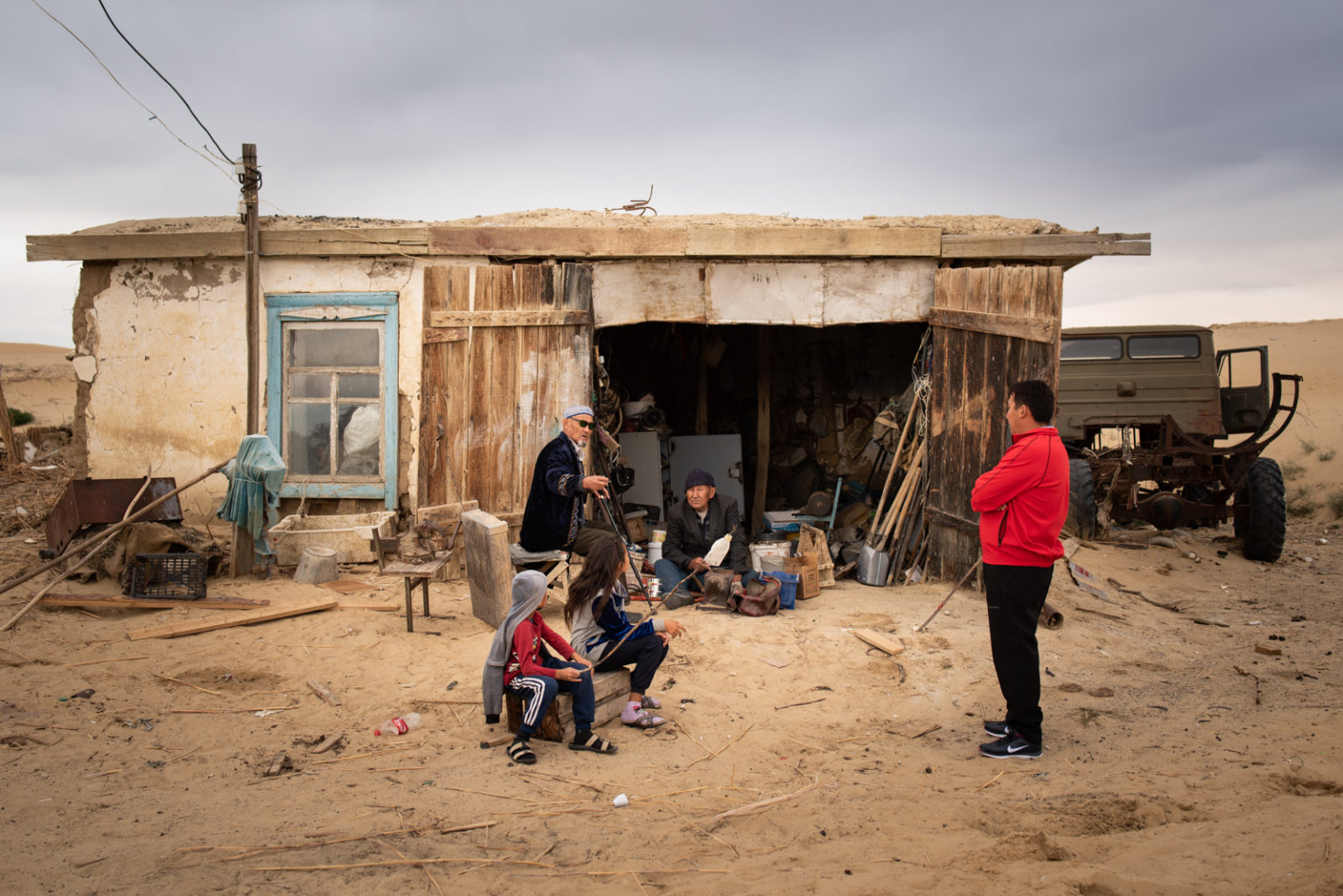
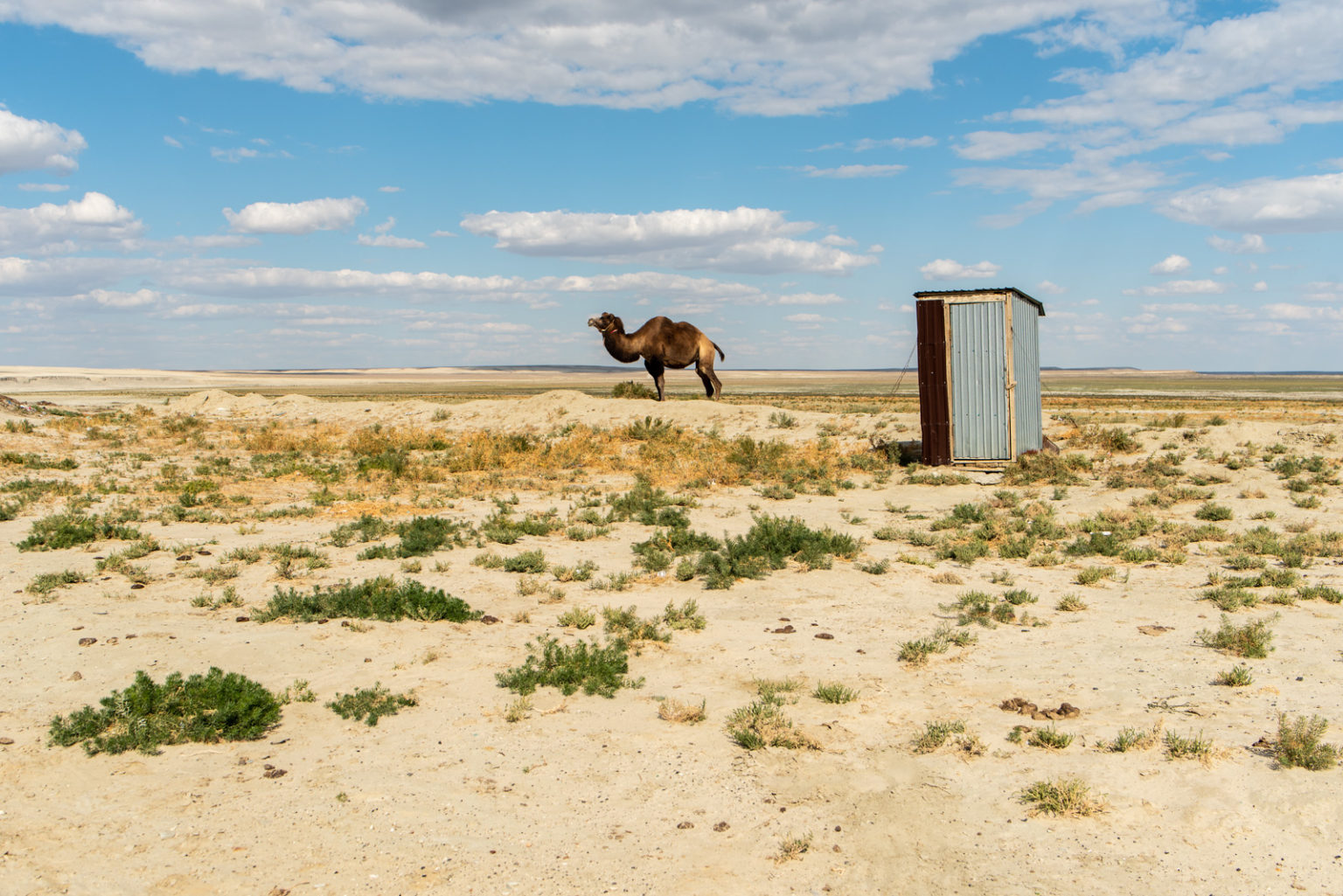
In order to develop tourism, a few local guides began taking their chances with the imposing shells of old rusty boats. These old boats are in danger of disappearing as locals cut them up into metal sheets to reuse or sell. In the 2000s, fifteen of these boats were counted; at the end of 2019, only one remained. Even so, some Kazakh tourists enjoy a hot spring, formerly below sea level, for its rumoured miraculous powers.
In Tastubek, water is money
In Tastubek, located about one hundred kilometre’s from Aralsk, life goes on. The rise in sea level put fishermen back to work and woke up this village, which had been snoozing for several decades. The old ships had set out to sea again, new houses began to pop up; from only 90 houses in 1960, the village saw its population reduced to eight households in 1996, but in 2019 there were 32. Six o’clock in the evening, and the weather is ideal: the sun is bright and the wind non-existent. Nourljan and Arman collect the nets they untangled in the afternoon and take a spin in their UAZ, a Soviet off-road vehicle commonly used here. With the recent rise in water level, the sea is only a ten-minute drive from the village. At the shore they hop into their father’s old boat armed with three nets and a GPS tag, setting up for the following morning. With optimism and focus, these two young men are ready to fish some of the 15 species now reintroduced into the Aral Sea.
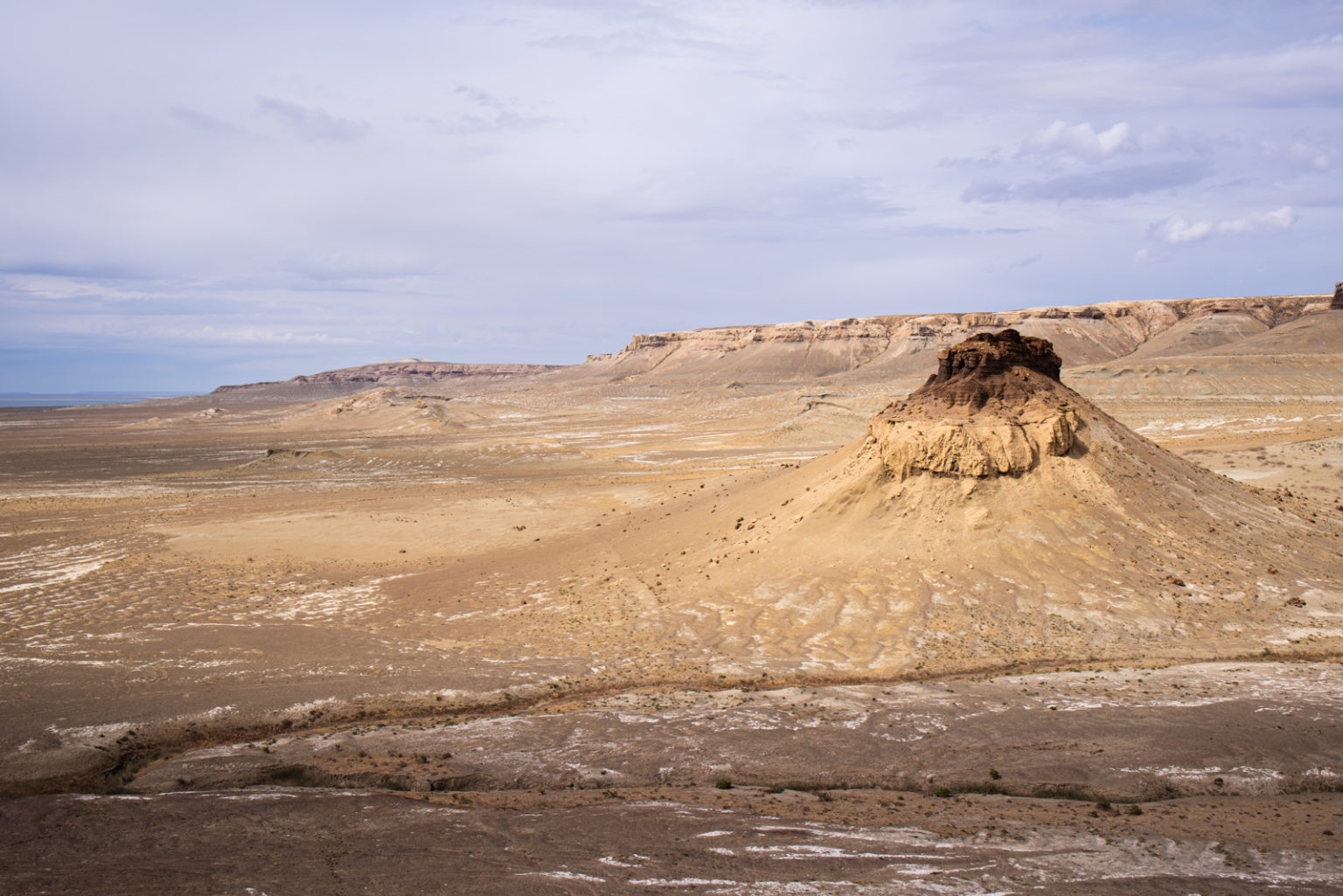
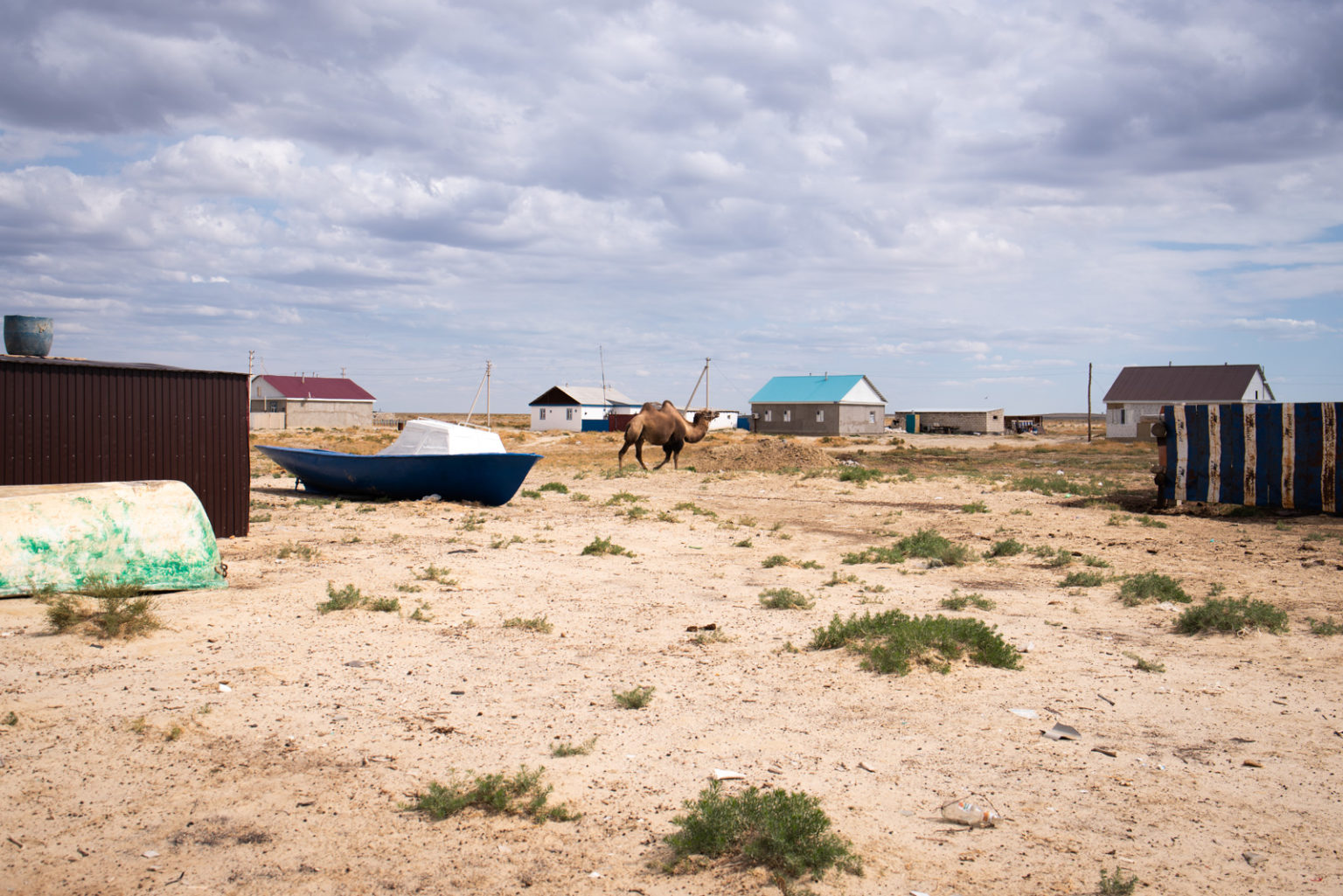

Determined fishermen
Alarms go off at five o’clock the following morning. Nourljan is hopeful as the calm of the previous night promises an excellent catch. A few minutes later Arman joins him in the UAZ. The bumpy former seabed tests the vehicle’s suspension and reinforces the determination of the two fishermen.
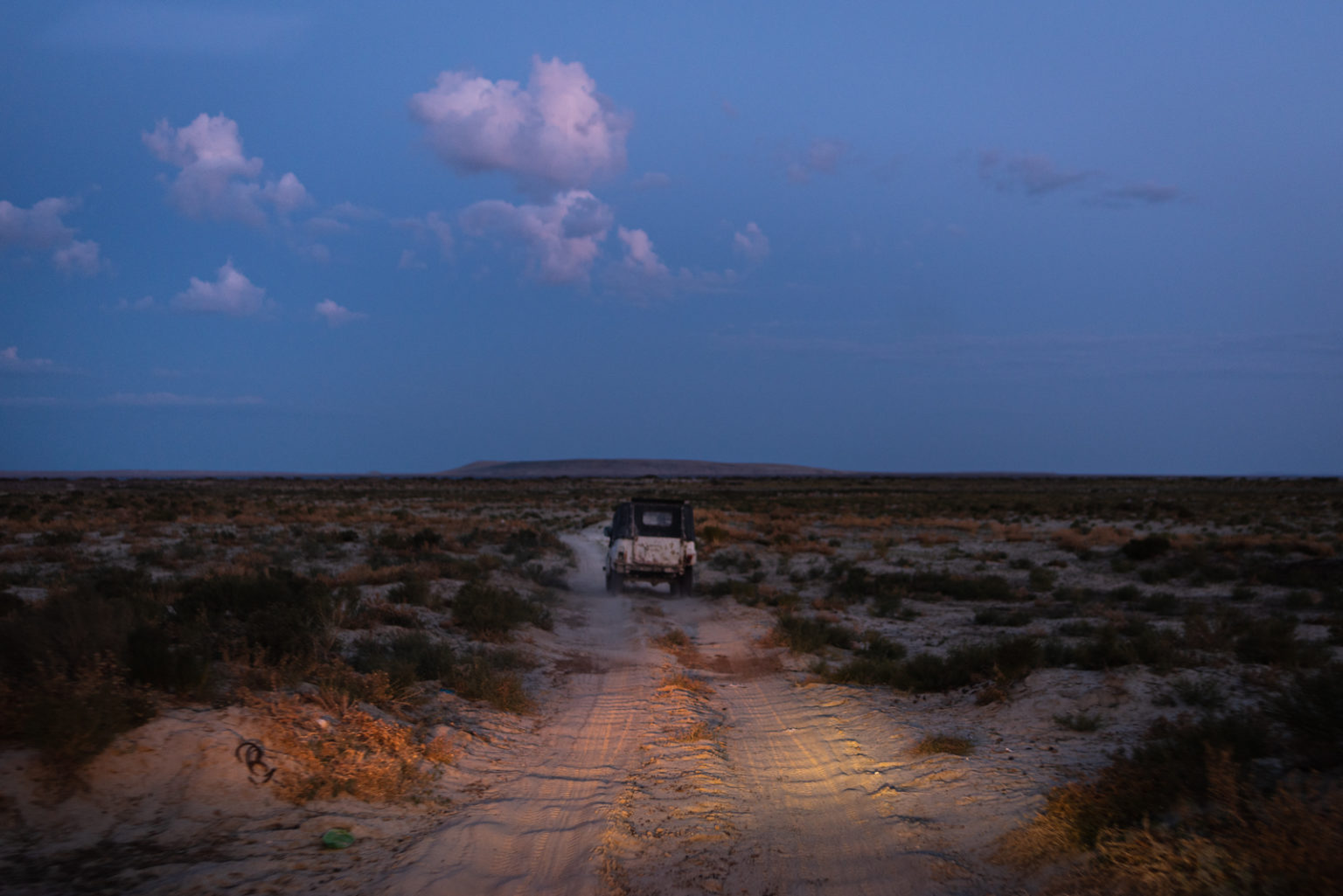

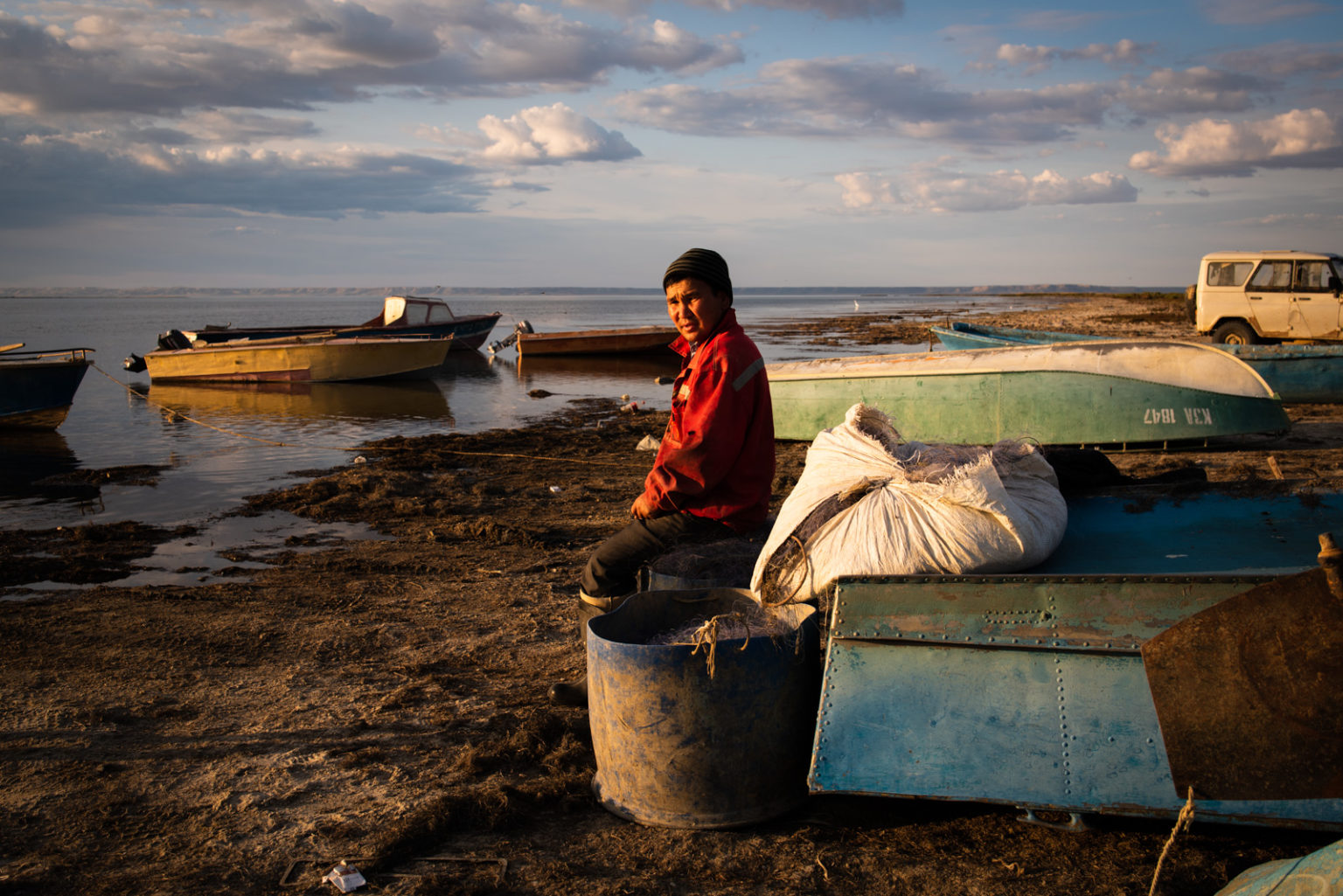
A 60-year-old widow, Vayan, lives with her son, Nourljan. When is he is out fishing, Vayan takes care of the house and helps her granddaughter with her homework. At noon, as with every return of the fishermen, fish will take the seat of honour at the table. She prepares camel meat for the evening meal, “The men go fishing and the women tend to the camels. That’s how it works here,” says Vayan, but she hopes her granddaughter will one day leave the village to study at a university.
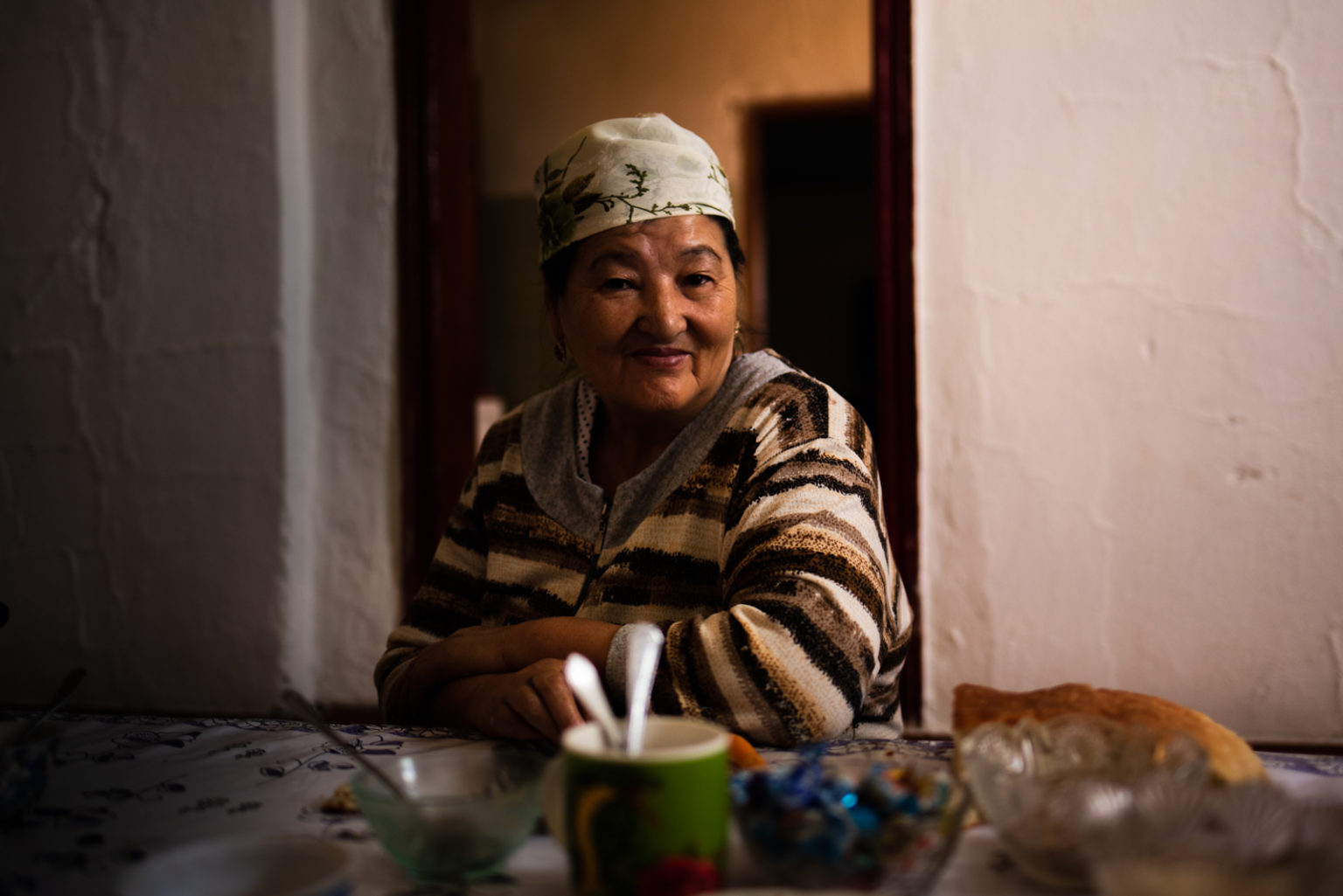
The fishermen are active again
The three nets are collected and fish cover the floor; it’s time to go back. Arman’s face is serious: the catch wasn’t good today, despite ideal conditions. Only 12 kilograms were caught, versus about fifty on a typical day — a bit of respite for the seabed. Quotas are rarely respected in the Aral Sea, now a chronic victim of overfishing.
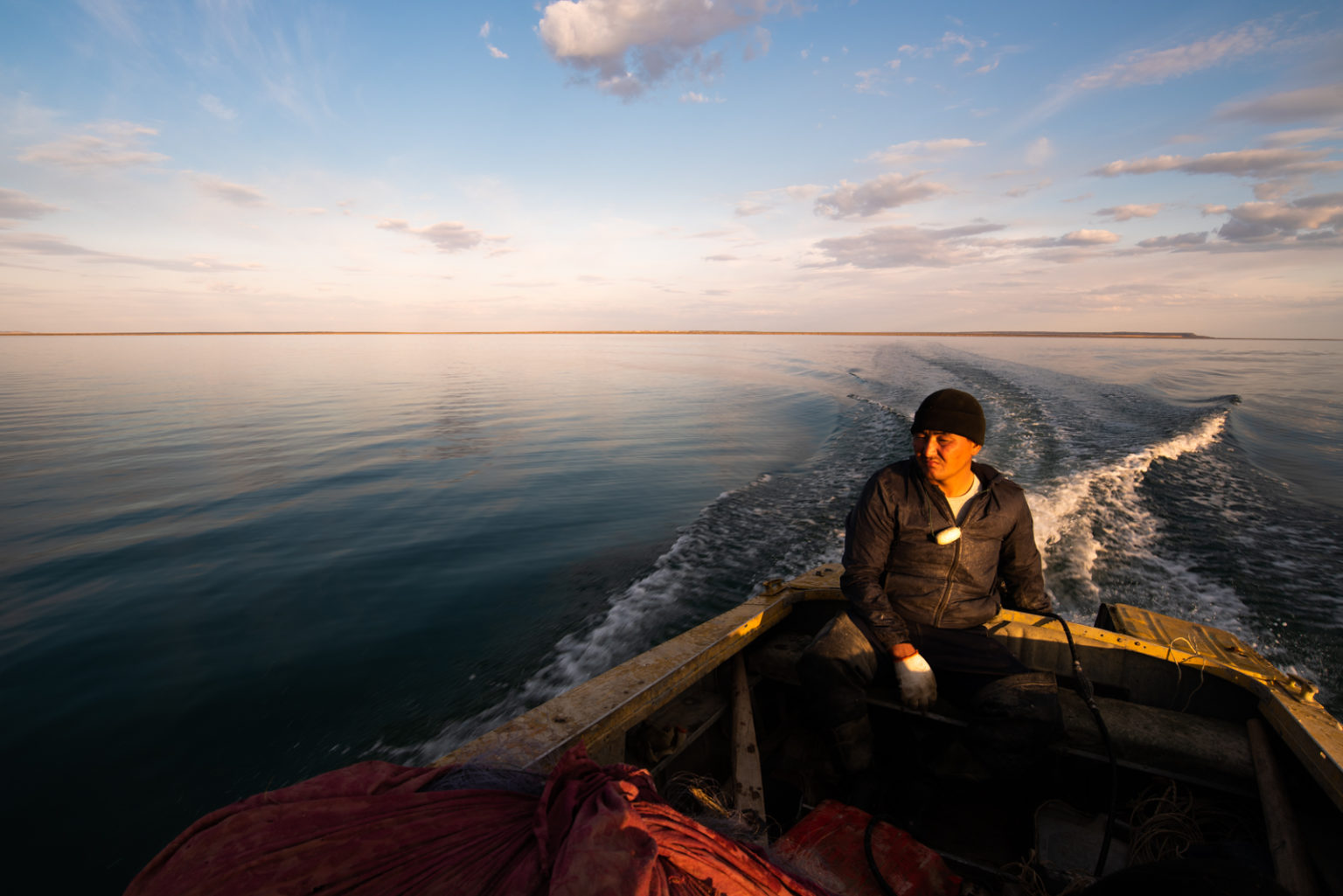


Tastubek has rediscovered its former glory. The fishermen live comfortably from their labour, and electricity finally lights their homes, but not all villages along the former shores of the Aral Sea have the same fate. Too far from the shore, some villages remain dormant, sometimes buried under sand; rambling and raising camels remain the only escape from an ordinary morning in this new life in the desert of the Aral Sea.
The disaster continues
The renewed enthusiasm of fishermen and of government announcements seems like a victory: the Aral Sea is saved! However, the reality is much more nuanced. If the sea’s disappearance has been partly avoided, the disaster continues against a background of optimism. The announcement of the sea’s miracle rescue has only served to increase local overconsumption of water and overfishing, accentuated by renewed demographic pressure. Worse still, the cultivation of rice and cotton, massive consumers of water, has not diminished in recent years. Moreover, if the Kazakh side is doing better, the historic Uzbek side remains hopelessly arid.
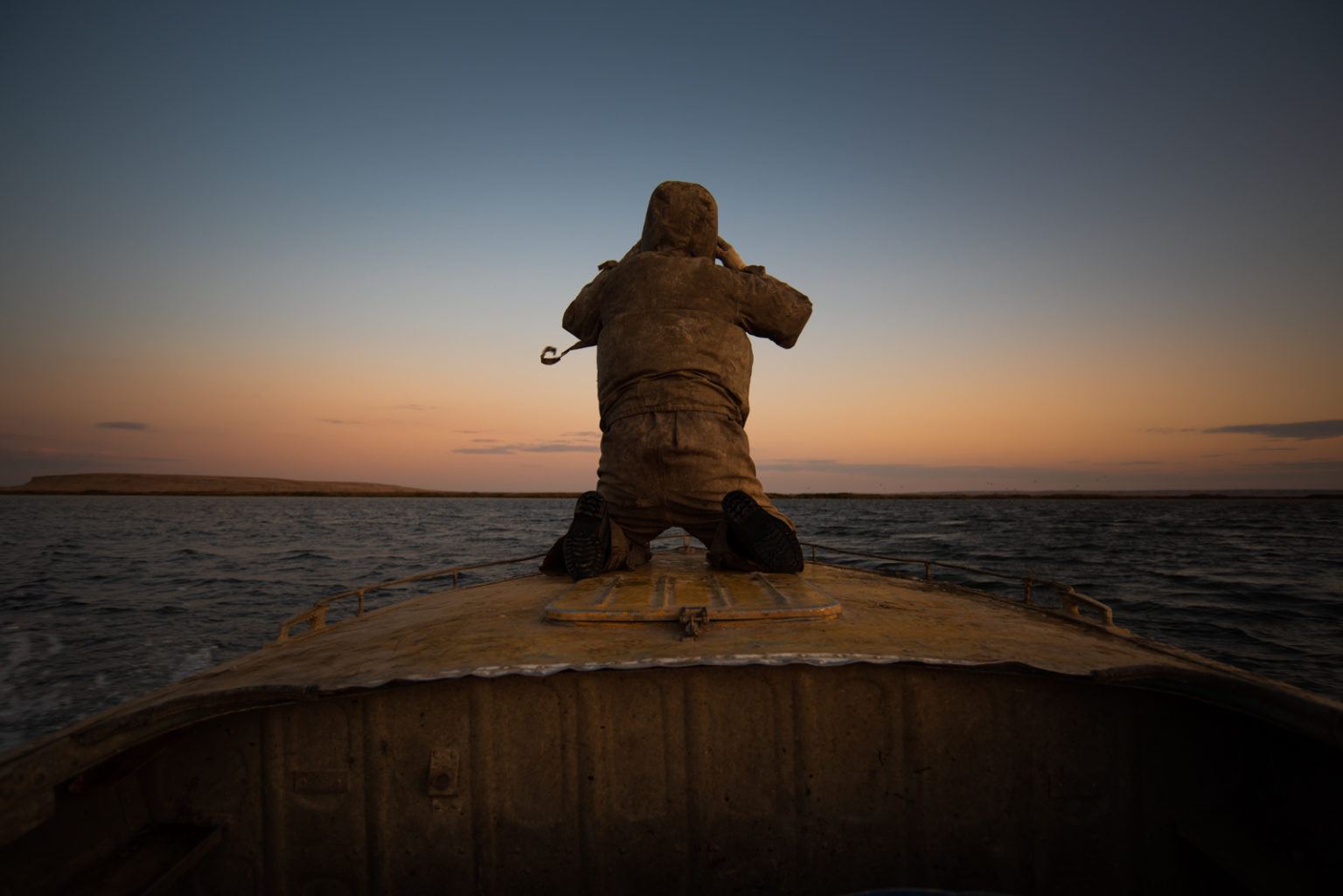

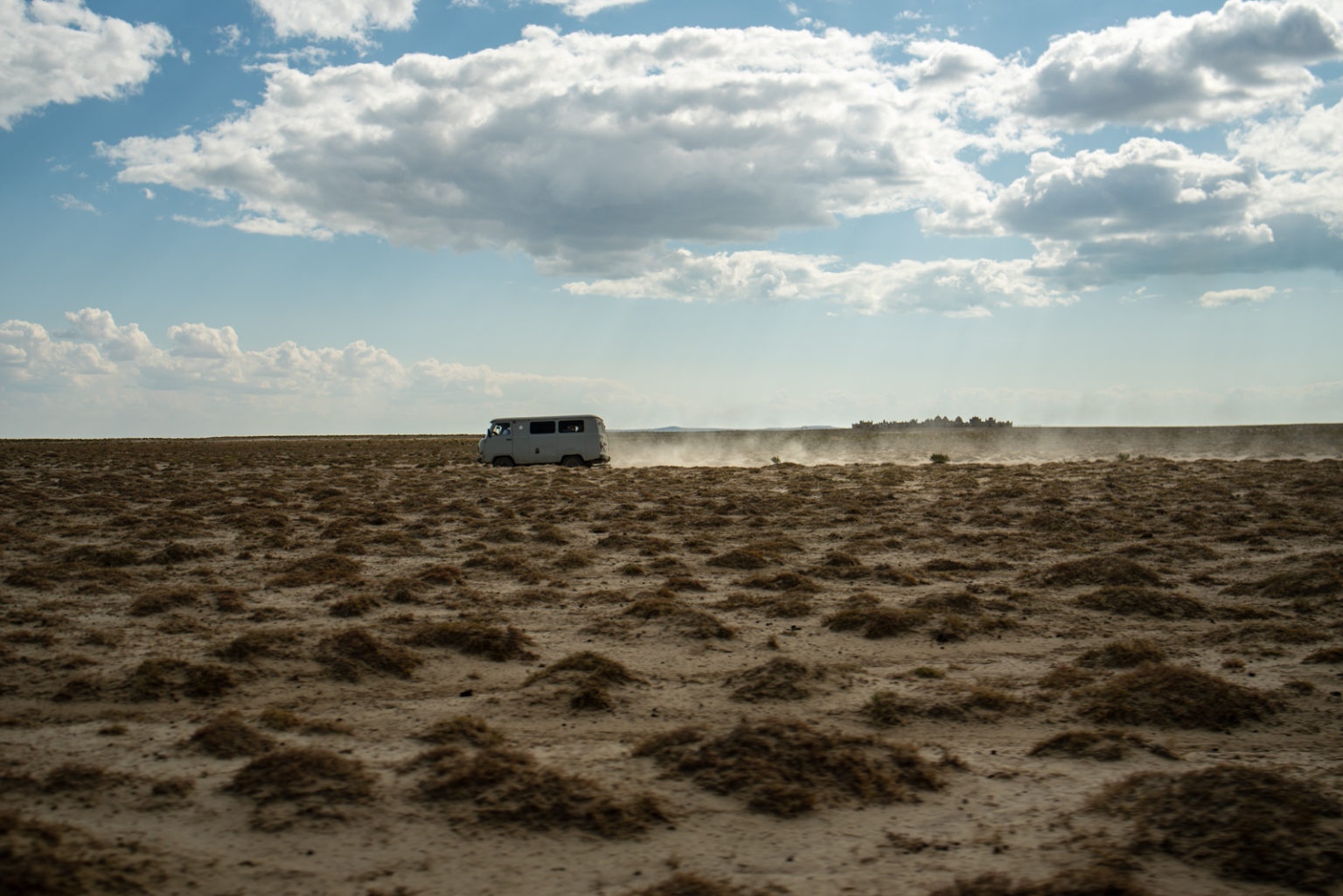
The Kokaral Dam has become a symbol of the mirage of Aral — a deliverer of promises and future disappointments. Many locals talk about increasing the height of the dam, which would allow water to return to the port of Aralsk, but skeptics have already become accustomed to the absurdity of living in a port with no sea. « A Place in Central Asia » is a collection of articles about under-represented or under-reported places in the region. Find out more by clicking here. Want to participate? Send your ideas about places to editorial[at]novastan.org.
Antoine Béguier Freelance Photographer
Translated from French by Judy Harter
Edited by Kiki Gray
For more news and analysis from Central Asia, follow us on Twitter, Facebook, Telegram, Linkedin or Instagram.
 Aralsk: Pictures of the Vanished Aral Sea
Aralsk: Pictures of the Vanished Aral Sea 
